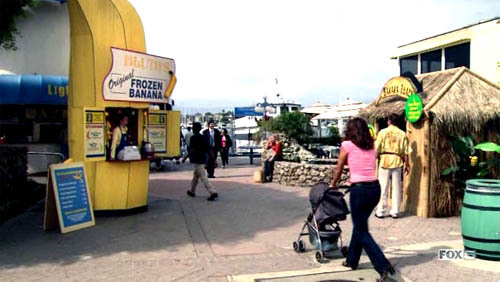You are using an out of date browser. It may not display this or other websites correctly.
You should upgrade or use an alternative browser.
You should upgrade or use an alternative browser.
Rose Kennedy Greenway
- Thread starter callahan
- Start date
Boston02124
Senior Member
- Joined
- Sep 6, 2007
- Messages
- 6,893
- Reaction score
- 6,639
yesterday around 4pm
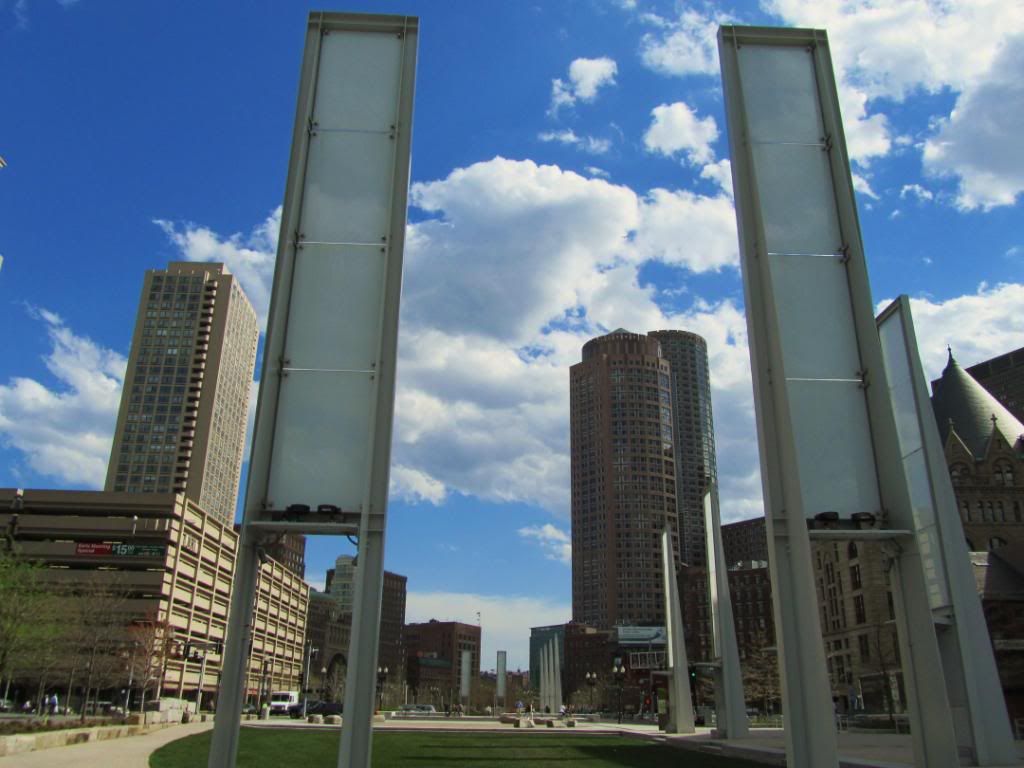 < empty while all around it >
< empty while all around it >
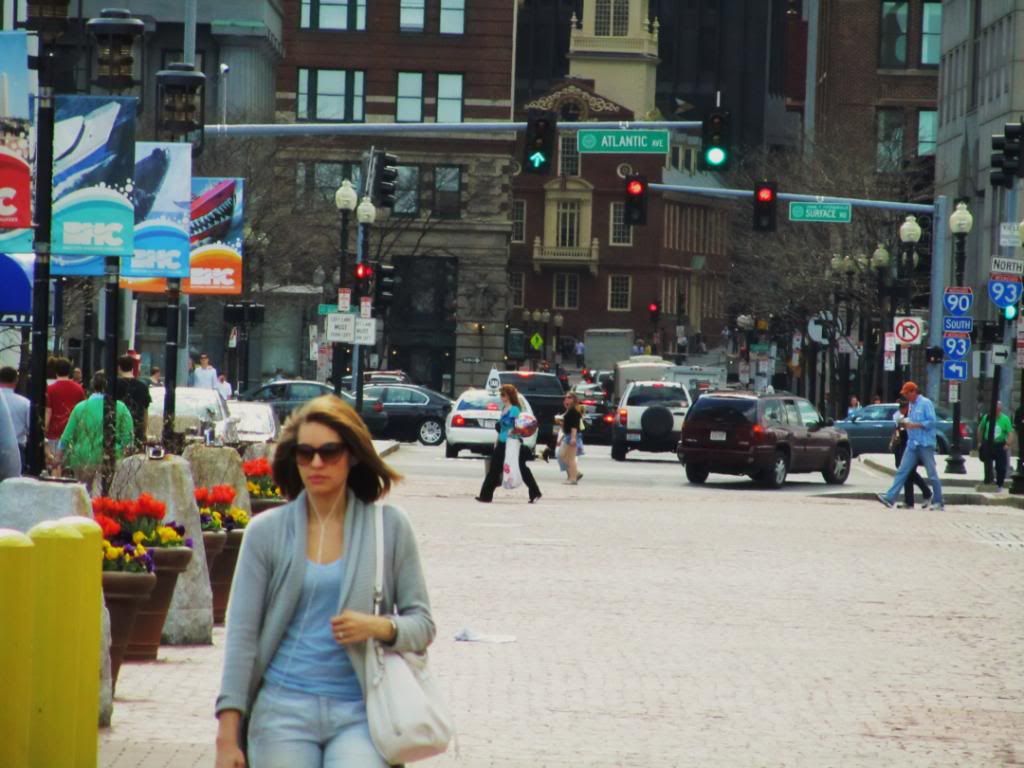
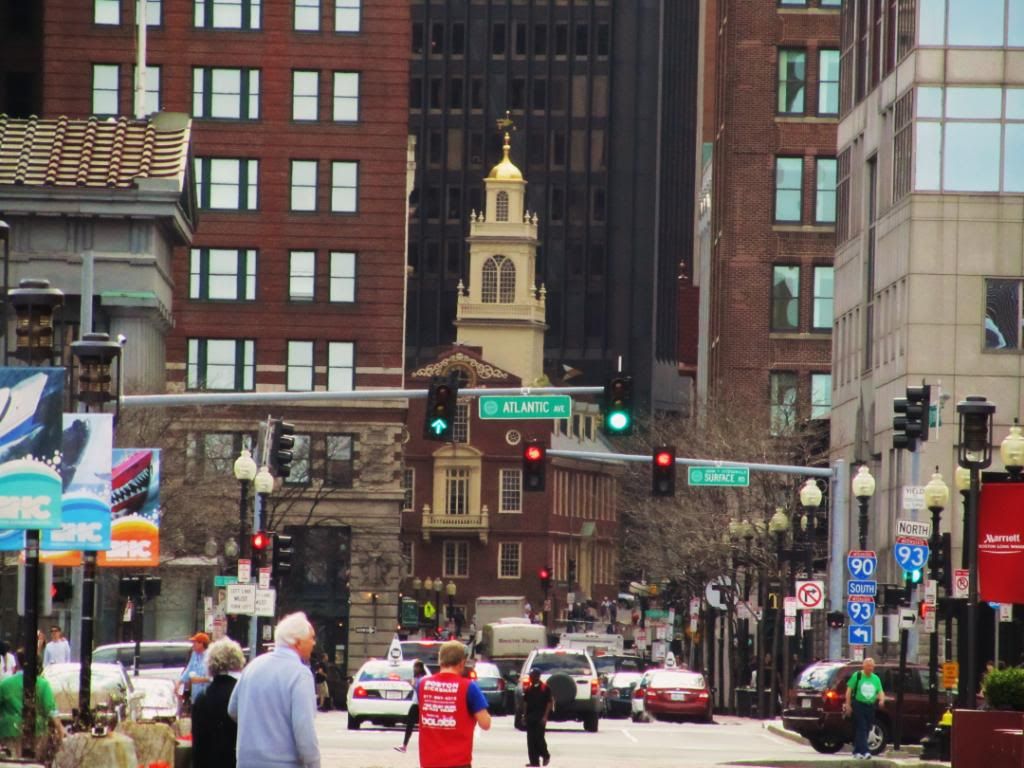


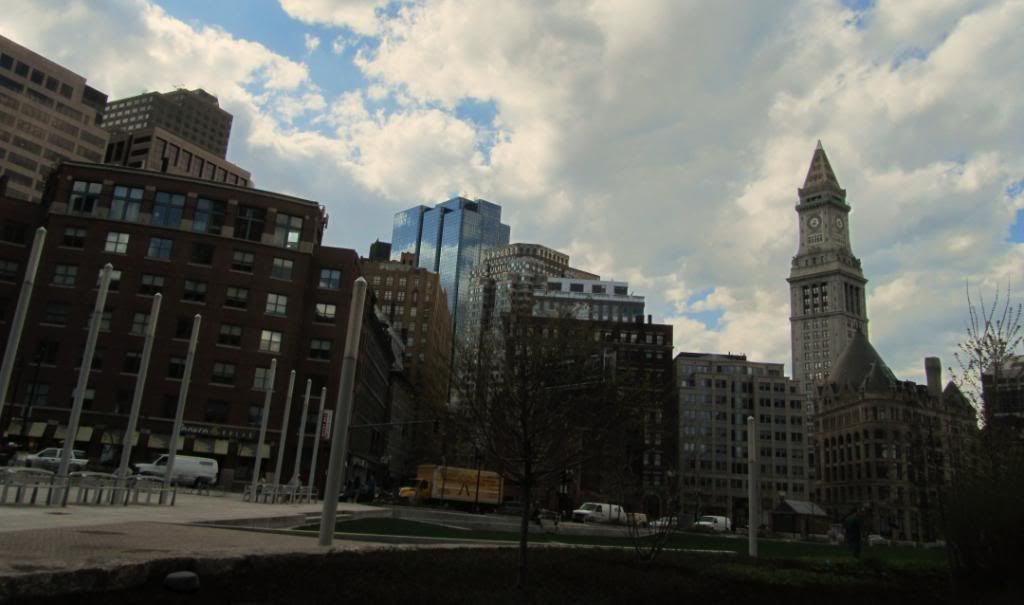 there was life on the frindge's
there was life on the frindge's

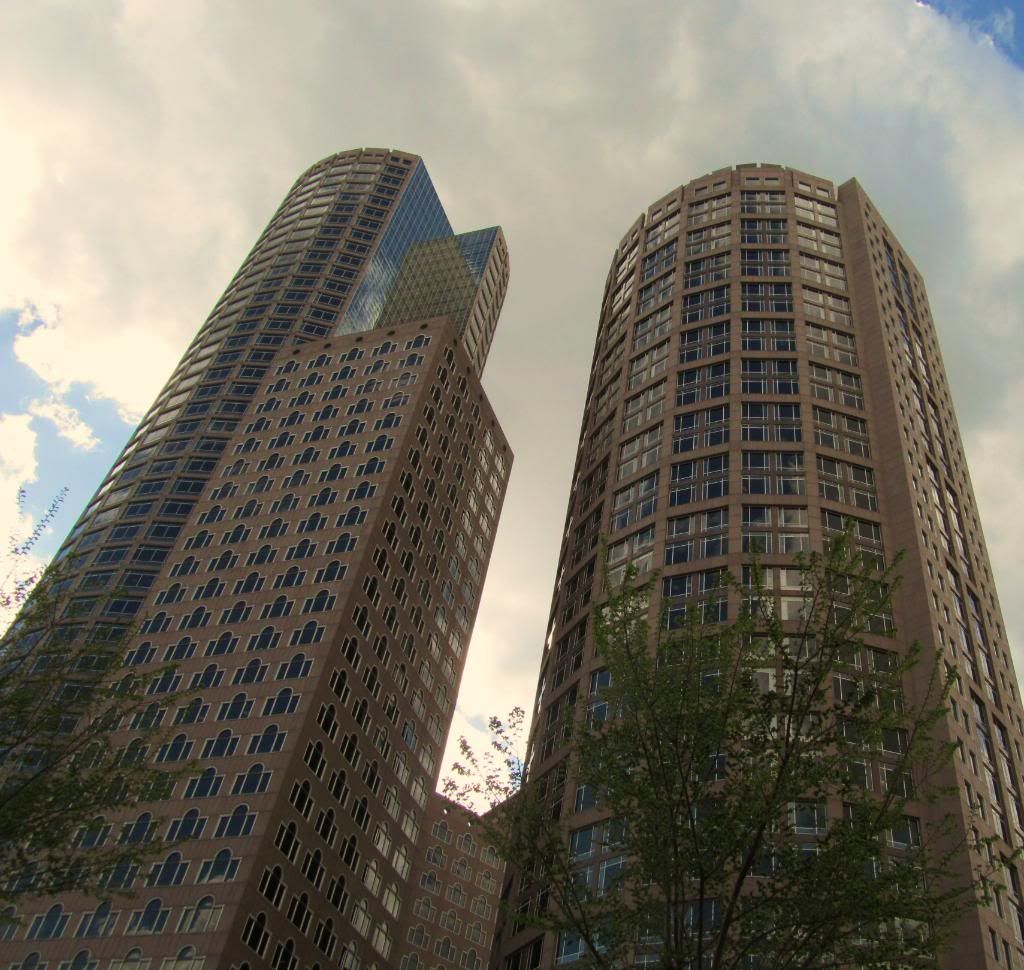
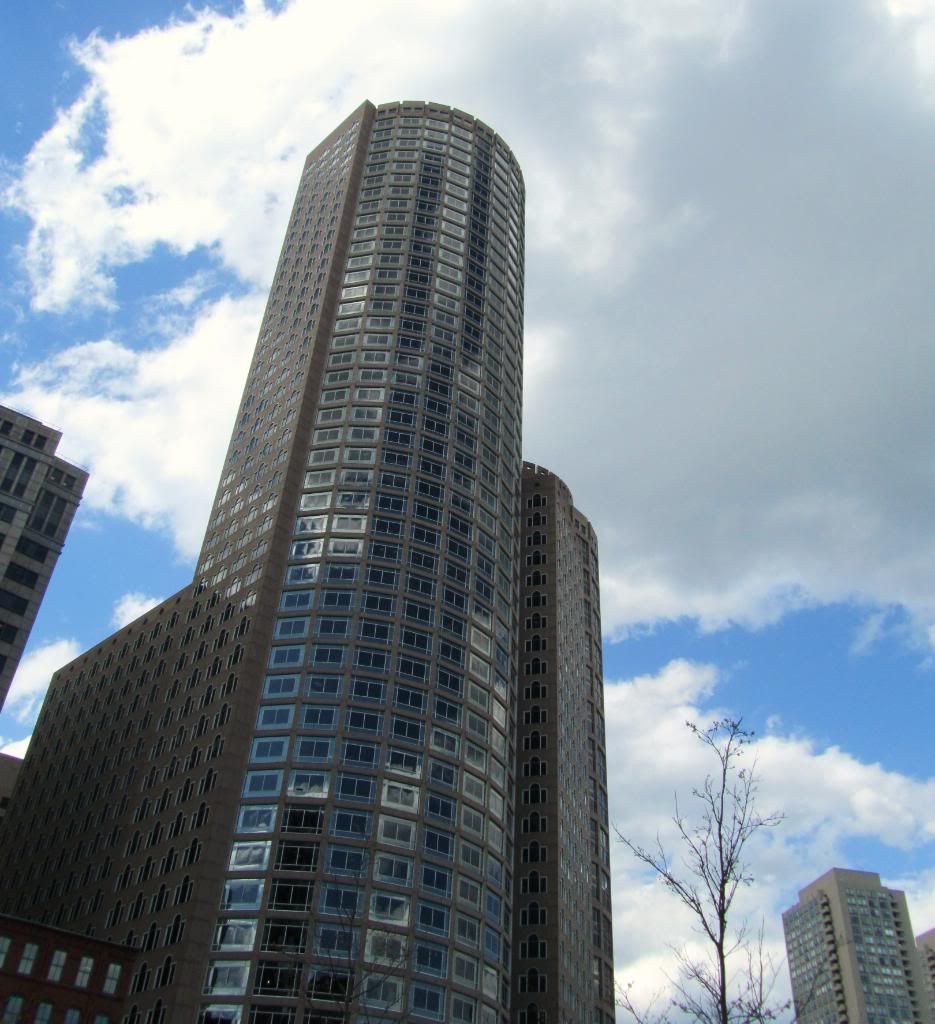
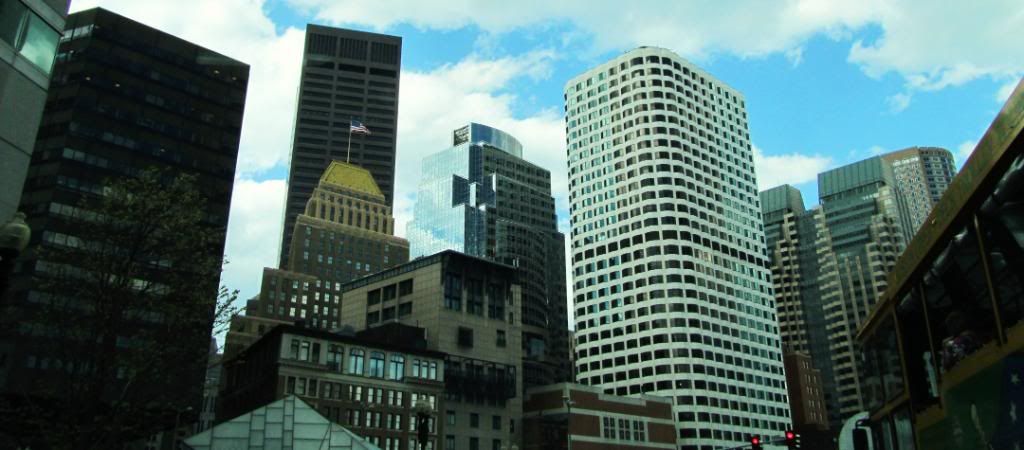
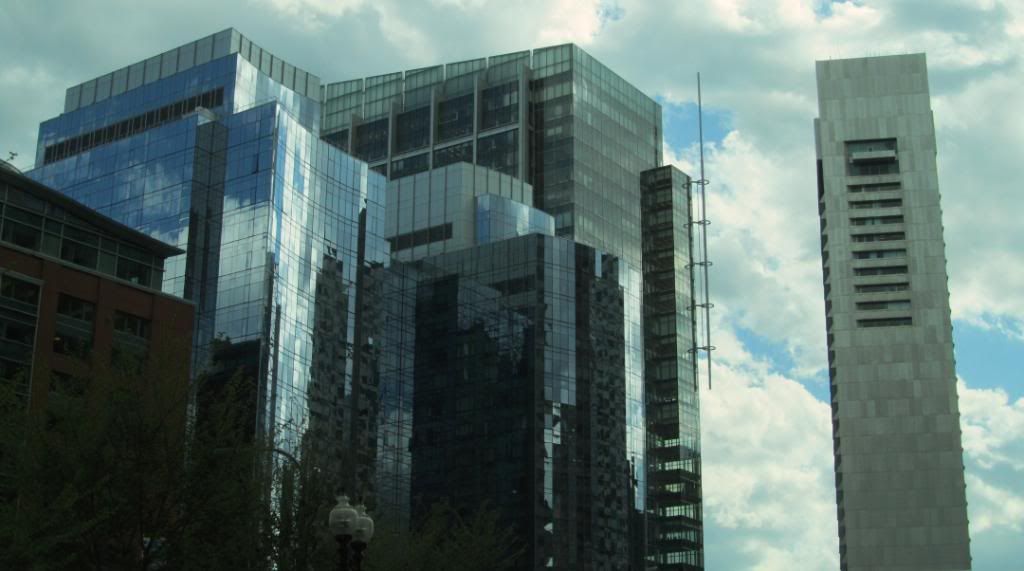
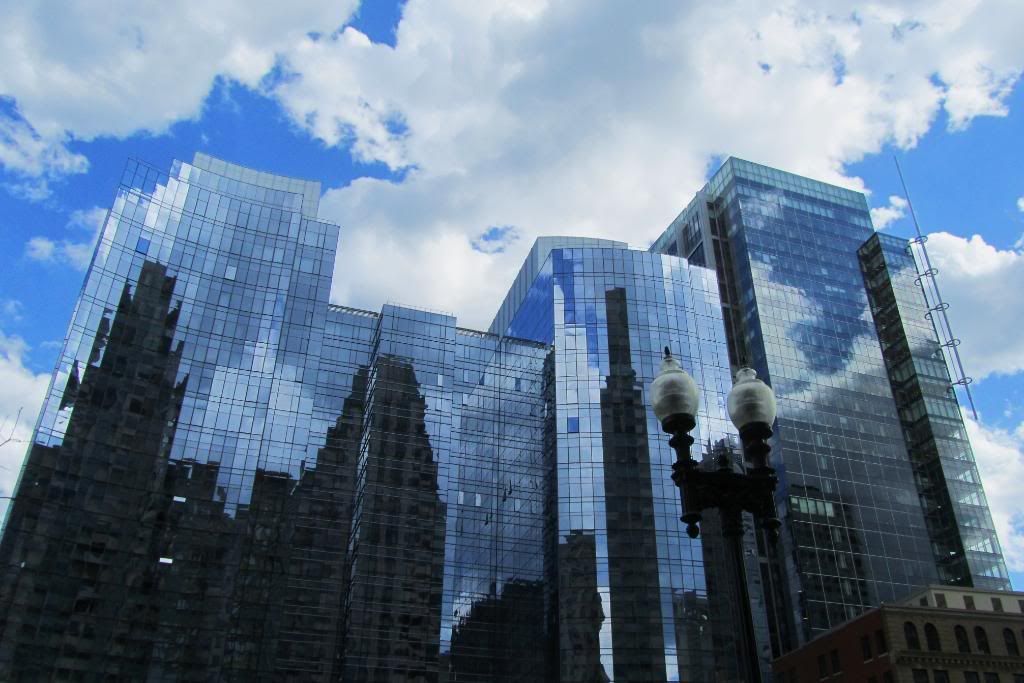

 To be fair I was only there for about 10 mins ,minus the 20 mins stuck in traffic.
To be fair I was only there for about 10 mins ,minus the 20 mins stuck in traffic.














TheRifleman
Banned
- Joined
- Sep 25, 2008
- Messages
- 4,431
- Reaction score
- 0
I like the runner up better.
I'm starting to feel like they want to ruin the GREENWAY. Why would you build a public indoor & outdoor gym between Rowes Wharf & IP? I never was sold on the YMCA building in general. The only original structure I liked was the Indoor Greenhouse. The point of the Greenway I'm assuming is to make a park that can flourish with some cool structures mixed with trees & shrubs.
Where is Sicilian when you need his expertise on this topic?
^^^ Great Pics.......No seriously it's the signs. If we had Greenway Signs there would be traffic. The Garage on the edge looks fantastic.
I'm starting to feel like they want to ruin the GREENWAY. Why would you build a public indoor & outdoor gym between Rowes Wharf & IP? I never was sold on the YMCA building in general. The only original structure I liked was the Indoor Greenhouse. The point of the Greenway I'm assuming is to make a park that can flourish with some cool structures mixed with trees & shrubs.
I am definitely not part of "they." I'm tired of waiting for the potential of this city to come to life. I simply enjoyed the concept of having an elevated greenspace on top that the public can engage as well a structure below that serves a purpose. I like the idea of having a space that actually serves a purpose for people to routinely go there, not just leisure sunday strollers.
How many times are people gonna revisit an indoor greenhouse?
^Rifleman
To a degree, I think the anxiety and short money thrown at the Greenway represent a catastrophic failure of City Hall and development community to plan and rezone at the edges and outlying parcels of the RKG.
We've already wasted a number of real estate cycles, ups and downs, with the Central Artery in the works yet nothing significant was done to ensure that a critical mass of users would exist.
It's not too late to raise the bar on the Greenway, but I think we can't count on the same inside players (political leaders, developers, consultants) to provide better results. This is the same complaint about parochialism that Boston has become famous for, notably in the inner circles of the architectural and urban planning community.
To a degree, I think the anxiety and short money thrown at the Greenway represent a catastrophic failure of City Hall and development community to plan and rezone at the edges and outlying parcels of the RKG.
We've already wasted a number of real estate cycles, ups and downs, with the Central Artery in the works yet nothing significant was done to ensure that a critical mass of users would exist.
It's not too late to raise the bar on the Greenway, but I think we can't count on the same inside players (political leaders, developers, consultants) to provide better results. This is the same complaint about parochialism that Boston has become famous for, notably in the inner circles of the architectural and urban planning community.
BostonUrbEx
Senior Member
- Joined
- Mar 13, 2010
- Messages
- 4,340
- Reaction score
- 130
No seriously it's the signs. If we had Greenway Signs there would be traffic. The Garage on the edge looks fantastic.
We need to spend twice as much though in order to really get the people out there. 100k a sign, minimum. It needs to be gold plated with flashing lights on the corners.
We need to spend twice as much though in order to really get the people out there. 100k a sign, minimum. It needs to be gold plated with flashing lights on the corners.
Maybe the could be in Braille too.
commuter guy
Active Member
- Joined
- Feb 1, 2007
- Messages
- 895
- Reaction score
- 130
Robert Campbell's pointed critique of the Greenway on Boston.com:
If you don't build it, they won't come
Greenway needs to be an urban center
By Robert Campbell
Globe Correspondent / May 15, 2011
Last Sunday, for the third year, I took my annual walk down the Rose Fitzgerald Kennedy Greenway, an event that has become a kind of rite of spring. Each year, with the optimism of the season, I hope to find a wonderful urban park filled with delighted people.
The good news is that the Greenway is getting more beautiful. The bad news is that almost nobody is using it.
The Greenway is desolate, surrounded on all sides by crowds enjoying more interesting places.
My walk began at the North End, where the Greenway consists of two big green lawns overlooked by a sort of grandstand. There were three people and two dogs on the lawns, and a total of 26 people sitting at the lengthy row of tables and benches of the grandstand. There were four walkers. It was like a scene from a surrealist film. With so few people, so spaced out, the place felt emptier than if there?d been no one at all.
I don?t know why there?s a grandstand, which offers no protection from sun or rain. Are people supposed to use it to watch a soccer game, or maybe some ultimate Frisbee? But the lawns are too carved up by barriers and level changes to make good sports fields.
Blame the weather? The day was party cloudy and the breeze was a little blustery. But on Hanover Street nearby, there were often three or four people abreast on the sidewalks. The wide-open, unprotected spaces of the Greenway, by contrast, seemed to welcome the wind.
The next big section is called the Wharf District Parks. At its center stands a group of hideous tall metal pylons, arranged in a rectangle. The pylons are supposed to frame the Greenway?s heart. On my Sunday springtime visit, not a single soul was to be seen anywhere in the pylon area, which is three blocks long.
The only folks in evidence were crossing at the street corners, on their way to somewhere else.
The Faneuil Hall Marketplace was mobbed. So was the Aquarium. So was the Blackstone Block. So was the waterfront. People wanted to be outdoors everywhere, it seemed, except on the Greenway.
There was one exception. The Children?s Carousel was full of delighted kids and parents. The lesson is obvious: People want something to do in a park, not just something to look at.
The Greenway, as noted, is becoming more beautiful. Trees are taller and new ones have been planted. But green is a background, not a foreground. A park is a setting for experiences. It is not an experience in itself.
The Greenway is much too small to function like the famous 19th-century parks of Frederick Law Olmsted, each of which was conceived as a rural refuge from the city. You can?t take a long lovers? stroll on the Greenway. It?s part of the city. It needs to be thought of as a center of urban activity.
The Greenway would have been better if some of the proposed structures had been built on it. There were to be two museums, a glass garden for horticulture, and a YMCA. Instead we will have only the Boston Islands Harbor Pavilion, now under construction, which will offer boat tickets and info on the islands. It?s welcome, but it?s tiny.
I?m not saying, as some readers have claimed, that I want to turn the Greenway into a commercial extravaganza. I?m just arguing that we stop thinking of it as a quiet green oasis in the city, as an essentially anti-urban place, and instead start thinking of it as the city park that it is.
A good model is Millennium Park in Chicago. Everyone goes there, in almost every season, because there?s great stuff to do. Magical artworks, a delightful caf?, theaters, an outdoor concert venue, a world-class art museum next door, a miniature golf course, inventive gardens, an ever-changing pool for wading and running, a bike rental pavilion ? the list of delights seems endless, all packed into an area much smaller than the Greenway. And it?s a great place for people-watching because, unlike the Greenway, it?s full of people.
Besides more stuff like that, what the Greenway needs is more people living nearby. Harvard Professor Edward Glaeser has written a book that?s relevant here: ?Triumph of the City: How Our Greatest Invention Makes Us Richer, Smarter, Greener, Healthier, and Happier.??
Glaeser argues that if a city stops building new housing, as Greater Boston more or less has done, and if demand for housing remains strong, the result will be rising prices. The city will become unaffordable to exactly the kind of young, creative people it needs for its future greatness.
Glaeser praises the long frontage of glass towers that face out to Lake Michigan in Chicago, arguing that although they?re not for the poor, they relieve pressure on prices at the lower levels of the housing market. I?m not sure we need that kind of giantism, but if the Greenway is going to work as a park, it?s going to need to be surrounded by a living neighborhood.
The underfunded Greenway Conservancy, which runs the park, understands the issues perfectly well and does what it can. There are to be a dozen food vendors by Memorial Day, ranging from American barbecue to Indian ?street food.??
And there are programmed activities, such as a ?Fitness Walking?? group, a ?Sunrise Yoga?? class, the odd concert, even a ?Falun Dafa Day?? for Chinese meditation. They?re welcome, but they?re occasional events that could be happening anywhere.
Maybe, though, that?s going to be the path of the Greenway. It will be the eventual product of many small populist initiatives over a long time, rather than the product of government or corporate planning. It will perhaps be reminiscent of Boston?s Friends of the Public Garden, the group that has gradually transformed another dreary park into a modest urban miracle.
I?m reminded of Deng Xiaoping?s famous description of Chinese reform: ?Fording the river by feeling for the stones.?? That?s the kind of gradual progress, step by carefully tested step, that the Greenway is making. Perhaps that will turn out to be a good way to proceed. Let?s just hope we live long enough to see the results.
Robert Campbell, the Globe?s architecture critic, can be reached at camglobe@aol.com.
If you don't build it, they won't come
Greenway needs to be an urban center
By Robert Campbell
Globe Correspondent / May 15, 2011
Last Sunday, for the third year, I took my annual walk down the Rose Fitzgerald Kennedy Greenway, an event that has become a kind of rite of spring. Each year, with the optimism of the season, I hope to find a wonderful urban park filled with delighted people.
The good news is that the Greenway is getting more beautiful. The bad news is that almost nobody is using it.
The Greenway is desolate, surrounded on all sides by crowds enjoying more interesting places.
My walk began at the North End, where the Greenway consists of two big green lawns overlooked by a sort of grandstand. There were three people and two dogs on the lawns, and a total of 26 people sitting at the lengthy row of tables and benches of the grandstand. There were four walkers. It was like a scene from a surrealist film. With so few people, so spaced out, the place felt emptier than if there?d been no one at all.
I don?t know why there?s a grandstand, which offers no protection from sun or rain. Are people supposed to use it to watch a soccer game, or maybe some ultimate Frisbee? But the lawns are too carved up by barriers and level changes to make good sports fields.
Blame the weather? The day was party cloudy and the breeze was a little blustery. But on Hanover Street nearby, there were often three or four people abreast on the sidewalks. The wide-open, unprotected spaces of the Greenway, by contrast, seemed to welcome the wind.
The next big section is called the Wharf District Parks. At its center stands a group of hideous tall metal pylons, arranged in a rectangle. The pylons are supposed to frame the Greenway?s heart. On my Sunday springtime visit, not a single soul was to be seen anywhere in the pylon area, which is three blocks long.
The only folks in evidence were crossing at the street corners, on their way to somewhere else.
The Faneuil Hall Marketplace was mobbed. So was the Aquarium. So was the Blackstone Block. So was the waterfront. People wanted to be outdoors everywhere, it seemed, except on the Greenway.
There was one exception. The Children?s Carousel was full of delighted kids and parents. The lesson is obvious: People want something to do in a park, not just something to look at.
The Greenway, as noted, is becoming more beautiful. Trees are taller and new ones have been planted. But green is a background, not a foreground. A park is a setting for experiences. It is not an experience in itself.
The Greenway is much too small to function like the famous 19th-century parks of Frederick Law Olmsted, each of which was conceived as a rural refuge from the city. You can?t take a long lovers? stroll on the Greenway. It?s part of the city. It needs to be thought of as a center of urban activity.
The Greenway would have been better if some of the proposed structures had been built on it. There were to be two museums, a glass garden for horticulture, and a YMCA. Instead we will have only the Boston Islands Harbor Pavilion, now under construction, which will offer boat tickets and info on the islands. It?s welcome, but it?s tiny.
I?m not saying, as some readers have claimed, that I want to turn the Greenway into a commercial extravaganza. I?m just arguing that we stop thinking of it as a quiet green oasis in the city, as an essentially anti-urban place, and instead start thinking of it as the city park that it is.
A good model is Millennium Park in Chicago. Everyone goes there, in almost every season, because there?s great stuff to do. Magical artworks, a delightful caf?, theaters, an outdoor concert venue, a world-class art museum next door, a miniature golf course, inventive gardens, an ever-changing pool for wading and running, a bike rental pavilion ? the list of delights seems endless, all packed into an area much smaller than the Greenway. And it?s a great place for people-watching because, unlike the Greenway, it?s full of people.
Besides more stuff like that, what the Greenway needs is more people living nearby. Harvard Professor Edward Glaeser has written a book that?s relevant here: ?Triumph of the City: How Our Greatest Invention Makes Us Richer, Smarter, Greener, Healthier, and Happier.??
Glaeser argues that if a city stops building new housing, as Greater Boston more or less has done, and if demand for housing remains strong, the result will be rising prices. The city will become unaffordable to exactly the kind of young, creative people it needs for its future greatness.
Glaeser praises the long frontage of glass towers that face out to Lake Michigan in Chicago, arguing that although they?re not for the poor, they relieve pressure on prices at the lower levels of the housing market. I?m not sure we need that kind of giantism, but if the Greenway is going to work as a park, it?s going to need to be surrounded by a living neighborhood.
The underfunded Greenway Conservancy, which runs the park, understands the issues perfectly well and does what it can. There are to be a dozen food vendors by Memorial Day, ranging from American barbecue to Indian ?street food.??
And there are programmed activities, such as a ?Fitness Walking?? group, a ?Sunrise Yoga?? class, the odd concert, even a ?Falun Dafa Day?? for Chinese meditation. They?re welcome, but they?re occasional events that could be happening anywhere.
Maybe, though, that?s going to be the path of the Greenway. It will be the eventual product of many small populist initiatives over a long time, rather than the product of government or corporate planning. It will perhaps be reminiscent of Boston?s Friends of the Public Garden, the group that has gradually transformed another dreary park into a modest urban miracle.
I?m reminded of Deng Xiaoping?s famous description of Chinese reform: ?Fording the river by feeling for the stones.?? That?s the kind of gradual progress, step by carefully tested step, that the Greenway is making. Perhaps that will turn out to be a good way to proceed. Let?s just hope we live long enough to see the results.
Robert Campbell, the Globe?s architecture critic, can be reached at camglobe@aol.com.
Shepard
Senior Member
- Joined
- Mar 20, 2009
- Messages
- 3,518
- Reaction score
- 68
Good points, especially about nearby housing. But...
He writes about the Greenway as if it is a beautiful space that, sadly, nobody uses - but that's still far from the truth. It is, in point of fact, not a park but a median strip punctuated by highway ramps and tunnel vents and surrounded by six lanes of such auto-oriented traffic that there isn't even a bike lane. The most active building frontages along the Greenway are garage entrances/exits - which really says something about the corridor's primary use. There may be a couple of exceptions to this assessment: Chinatown, the carousel, maybe the North End parks... but for 80% of the greenway or more, Campbell's apparent optimism in his final paragraphs is completely unwarranted.
He writes about the Greenway as if it is a beautiful space that, sadly, nobody uses - but that's still far from the truth. It is, in point of fact, not a park but a median strip punctuated by highway ramps and tunnel vents and surrounded by six lanes of such auto-oriented traffic that there isn't even a bike lane. The most active building frontages along the Greenway are garage entrances/exits - which really says something about the corridor's primary use. There may be a couple of exceptions to this assessment: Chinatown, the carousel, maybe the North End parks... but for 80% of the greenway or more, Campbell's apparent optimism in his final paragraphs is completely unwarranted.
BarbaricManchurian
Senior Member
- Joined
- Mar 12, 2007
- Messages
- 1,067
- Reaction score
- 65
He calls the Greenway Conservancy "underfunded". Ha.
JohnAKeith
Senior Member
- Joined
- Dec 24, 2008
- Messages
- 4,337
- Reaction score
- 82
Yeah, I found that surprising, too, the "underfunding".
I don't know by what yardstick he is measuring this.
If he means money to build the buildings, he's right, but they were supposed to pay for themselves.
If he means money to landscape, I think they have more than enough and they are on track to make it look just like they planned; there's plenty of greenery, trees, and plants (in places).
And, they certainly have enough for salaries.
I don't know by what yardstick he is measuring this.
If he means money to build the buildings, he's right, but they were supposed to pay for themselves.
If he means money to landscape, I think they have more than enough and they are on track to make it look just like they planned; there's plenty of greenery, trees, and plants (in places).
And, they certainly have enough for salaries.
Beton Brut
Senior Member
- Joined
- May 25, 2006
- Messages
- 4,382
- Reaction score
- 338
If he means money to build the buildings, he's right, but they were supposed to pay for themselves.
Word. Thought the same thing this morning but was too lazy to post.
- Joined
- Sep 15, 2010
- Messages
- 8,894
- Reaction score
- 271

Scanned this from this week's Improper Bostonian.
BostonUrbEx
Senior Member
- Joined
- Mar 13, 2010
- Messages
- 4,340
- Reaction score
- 130
Absolutely shocking how, for the most part, the clusters revolve around Aquarium and South Station. Simply because that's where people are, and nobody is in between because it's all cross traffic. The exceptions being one place near Rowes Wharf where there's a hotel and the ferries come in, and at Hanover St where people walk to the North End.
Beton Brut
Senior Member
- Joined
- May 25, 2006
- Messages
- 4,382
- Reaction score
- 338
Panem et circenses...
Trucks and carts. Allowing more groundfloor spaces to be used for lobbies and private uses instead of active retail uses.
Has anyone noticed the increasing number of first floor retail spaces that are semi-private -- only accessible from within the building after security? Just noticed this at the rear of the Stone & Webster building, for entire block of Bedford Street across from Good Life. Same thing at old Stone & Webster building, now Fidelity, abutting South Station.
Neither of these trends bode well for pedestrian activity.
Has anyone noticed the increasing number of first floor retail spaces that are semi-private -- only accessible from within the building after security? Just noticed this at the rear of the Stone & Webster building, for entire block of Bedford Street across from Good Life. Same thing at old Stone & Webster building, now Fidelity, abutting South Station.
Neither of these trends bode well for pedestrian activity.
Trucks and carts. Allowing more groundfloor spaces to be used for lobbies and private uses instead of active retail uses.
Exactly. I can't wait for this "get my food out of a hipster rickshaw" fad to blow over.
Boston02124
Senior Member
- Joined
- Sep 6, 2007
- Messages
- 6,893
- Reaction score
- 6,639
well a least it's green!
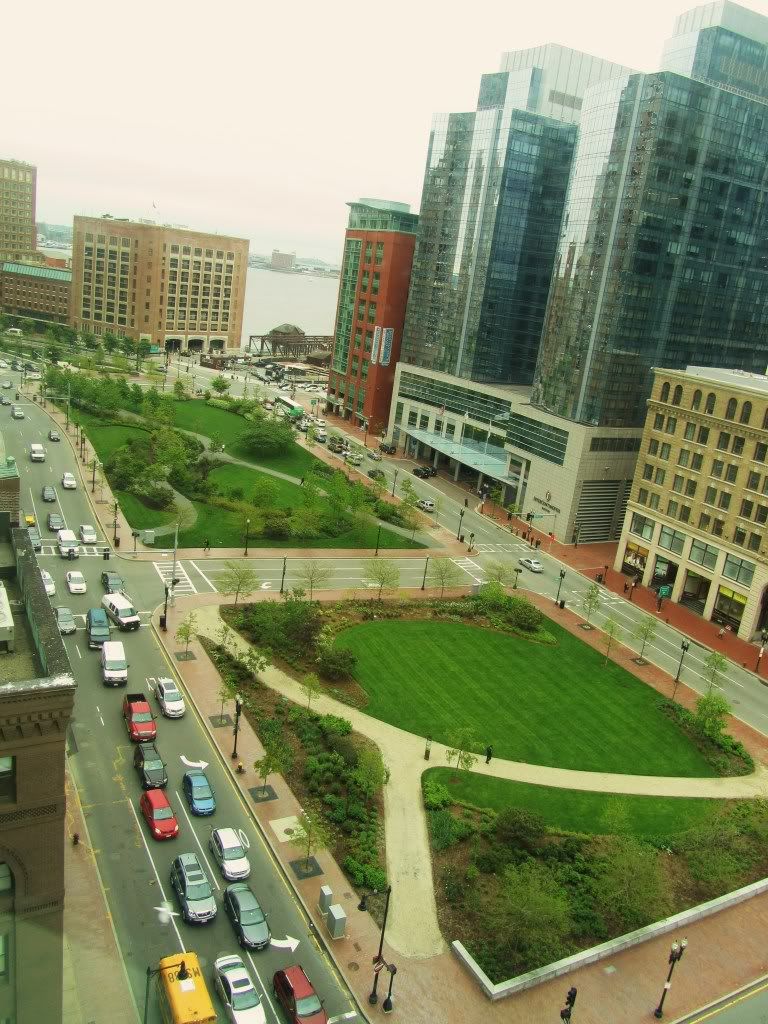
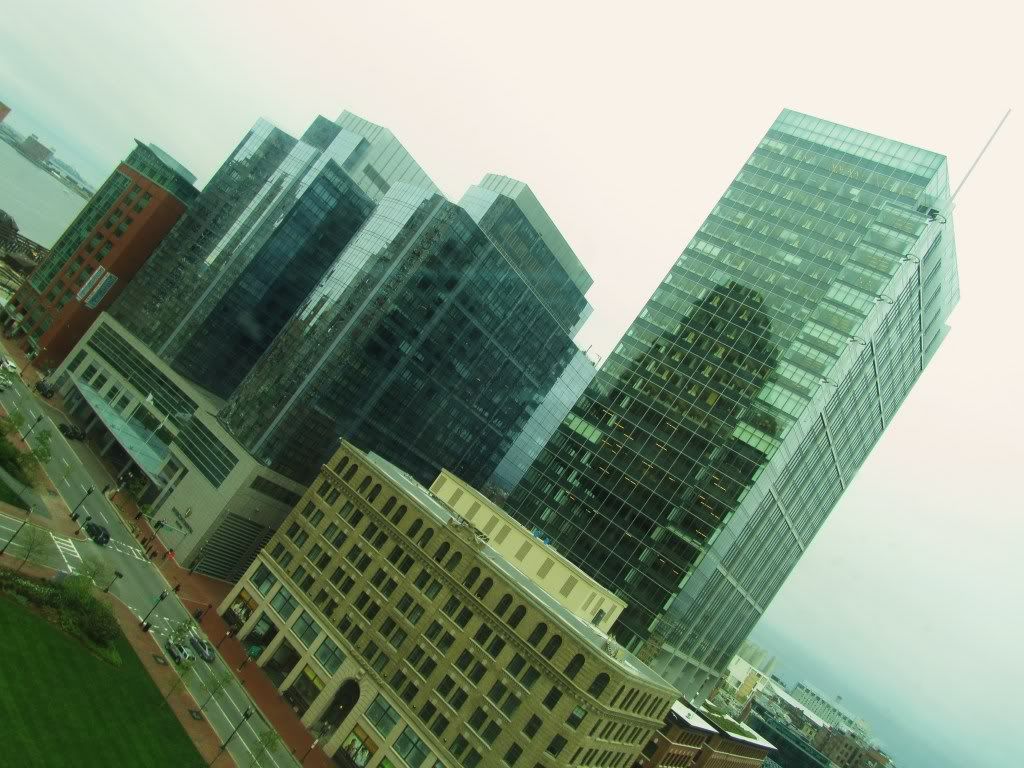


atlantaden
Senior Member
- Joined
- May 31, 2006
- Messages
- 2,606
- Reaction score
- 2,752
Since these parcels will never be built on and they are so small, each of these parcels could possibly evolve into a very nice pocket-type park, mostly used by neighboring office workers. I suggest many, many more trees and larger shrubs to buffer the bordering streets/traffic, some well placed artwork/sculptures, and some damn benches along the inside pathways! I don't see a bench anywhere in these two parcels.

